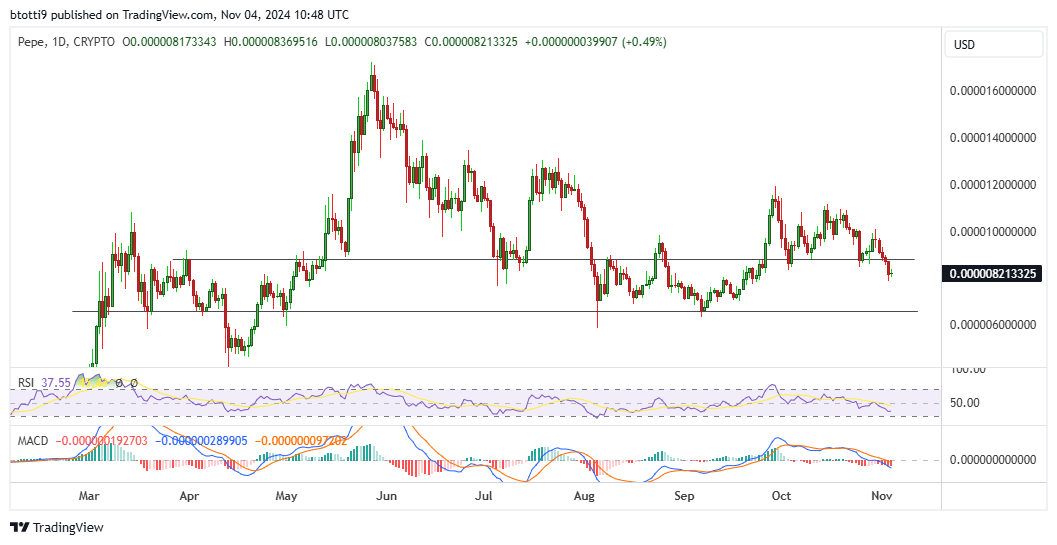- Hamster Kombat has lost 259 million players, dropping its user base by 86% in three months.
- The HMSTR token price has fallen 76%, eroding trust among early adopters and players.
- Government scrutiny and controversies have intensified concerns about the game’s future.
Hamster Kombat, once hailed as a groundbreaking tap-to-earn game on Telegram, has recently experienced a staggering decline, losing approximately 259 million players in just three months.
This dramatic drop has raised serious concerns about the game’s sustainability and the future of its associated cryptocurrency, the HMSTR token.
Hamster Kombat has lost 86% of its user base
Launched with an impressive user base of 300 million, Hamster Kombat attracted players with its unique blend of gaming and cryptocurrency earning potential.
Initially, the game thrived on its engaging tap-to-earn mechanics, allowing users to participate in simple gameplay while earning crypto rewards. High-profile endorsements, including a mention from Telegram’s CEO as “the fastest-growing digital service in the world,” added to its allure.
However, this initial success proved to be fleeting after the revelation that it had lost 259 million players over the past three months.
But why the decline in user engagement?
The decline in user engagement can be attributed to several key factors. First and foremost, gameplay issues have been a significant deterrent.
Players quickly grew fatigued with the repetitive mechanics of the tap-to-earn model, which offered little variation or depth.
Additionally, criticisms surrounding the quality of AI-generated art used in the game contributed to a growing perception of low production values, further alienating users.
Compounding these issues is the plummeting value of the HMSTR token. Once launched at a promising price of $0.009993, the token has since experienced a dramatic decline, currently trading at around $0.00237—a staggering 76% drop.
This HMSTR price decline has eroded trust among early adopters who had invested their time and resources in the platform, leading to widespread disillusionment and further player attrition.
The operational history of Hamster Kombat is also marred by contentious decisions, such as the controversial token airdrop, which was plagued by delays and frustrations among users.
Moreover, the sudden implementation of anti-cheat measures led to the disqualification of 2.3 million players, further damaging the game’s reputation. Reports indicate that many users felt betrayed, having dedicated time to earn tokens that could only be sold for minimal returns.
Adding to these woes, governmental scrutiny has emerged, with authorities in countries like Iran and Russia expressing concerns about the game’s influence and legitimacy. The association with Gotbit, a company facing regulatory issues, has only intensified speculation about the game’s stability despite Hamster Kombat clarifying that it has never worked with Gotbit as a market maker.
It now remains to be seen if Hamster Kombat will find a way out and regain its lost glory. If not we could be looking at its last kicks as it prepares to exit the scene.
The post HMSTR price plummets as Hamster Kombat loses 259 million players appeared first on CoinJournal.

